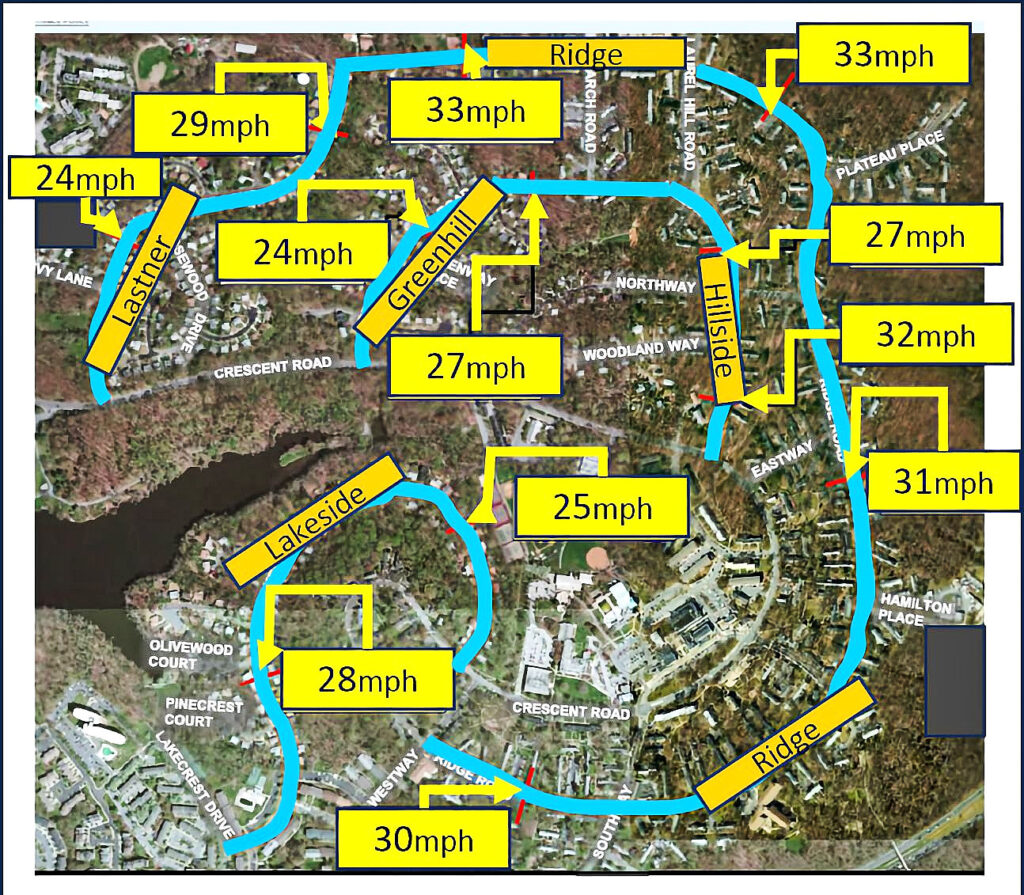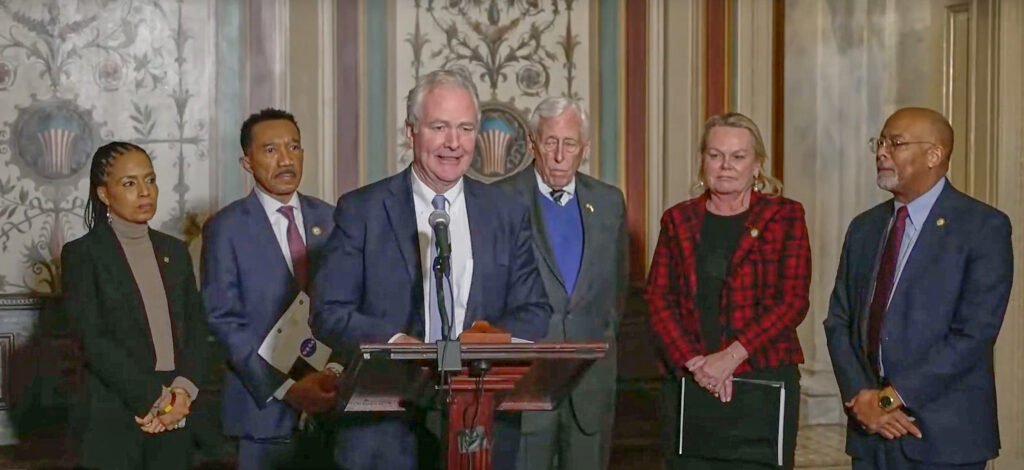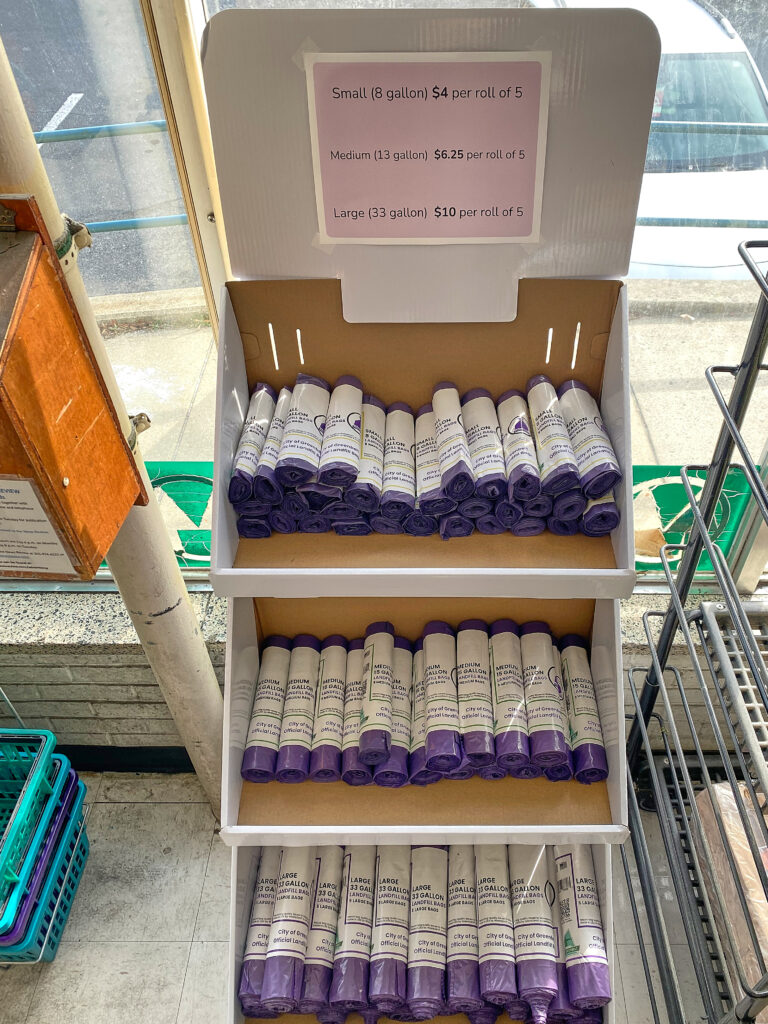For at least 10 minutes a day, Greenbelter Michel Cavigelli is a birder. He walks into his backyard or goes onto the paths at Beltsville Agricultural Research Center (BARC), pulls out his binoculars and phone, and watches.
“I’m a nerd,” explains the BARC soil scientist. “I want to write down every bird.” Cavigelli started birding in 2014, but he started using his phone to help him in 2017 when the free app called eBird first became available for phones. eBird, developed by the Cornell Lab of Ornithology, allows Cavigelli to record his birds as he sees them. And with that record comes a list that he can sort any which way he likes.
Fellow birder and Greenbelter Eric Raun also wants a list. “One of the ways I enjoy birdwatching is keeping track of what I see, and eBird is amazing at allowing me to keep track of sightings by location and by time period. For example, I can compare my sightings for this January with sightings in prior Januarys.”
Raun also likes that the app takes some of the guesswork out of birding. “eBird allows me to see what birds have been seen recently in a location, which makes it easier to find them.”
Even for a beginning birder, the program works. You go for a walk and see a bright red cardinal. You record your sighting and your phone gathers your location. If you don’t know the bird, you can use an app called Merlin to walk through a series of questions so you can identify the sparrow, goose, hawk, or whatever it is.
Cavigelli says there are many more features that make birding easier than ever. “[eBird] gives you something and in return they get something. It’s a good system.”
What eBird gets, according to John Fitzpatrick, former director of the Cornell Lab of Ornithology, is about 1.5 million bird sightings a year. And with those sightings, the project is making strides in conservation, not just of birds, but the planet.
eBird started in 1999 with a grant from the National Science Foundation and now, Fitzpatrick said at the December 2020 virtual meeting of the American Geophysical Union, the project has a huge data mine of bird sightings, “which allows for an understanding of how birds are doing in our world.”
Using the data means asking questions, he said. “We ask if the population of a bird is declining, increasing, or changing habitat. And we can now direct local conservation groups to go in and measure what is different in the places where the population is declining and increasing. And how we can modify [human] behavior effectively.”
However, eBird and individual sightings only go so far. People don’t usually count birds at night. And often they don’t count birds high in the air. So how could scientists look at migrating birds?
The answer was in the weather. In 1995, the Cornell Lab and others realized that the nationwide Doppler radar system, which was set up to measure and predict weather, could have other uses.
“We asked the radar to count all things that are not precipitation.” And that includes birds.
Now, Fitzpatrick says, the Lab of Ornithology works with wind turbine operators. The wind power generated by the huge turbines is good for the environment, but can be bad for migrating birds. However, because of eBird and Doppler data, Fitzpatrick and his colleagues can warn turbine operators when bird migrations are arriving. The operators can then turn off the turbines for a night or two. “We can save 90 percent of the birds that way,” he said.
The data from eBird and the Doppler radar system makes Fitzpatrick feel positive about the way humans and the natural world get along.
“[Co-existing] is not going to happen by accident,” he said. “We need real-time measurements of environmental health. And birds are a great indicator of that health.” Given the data, he said he is hopeful that humans “will be able to figure out how we can fit in with all the grandeur of the natural world.”




